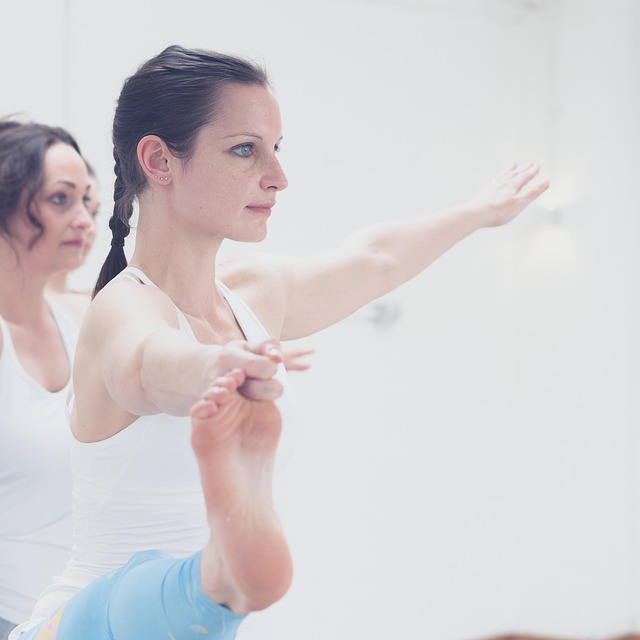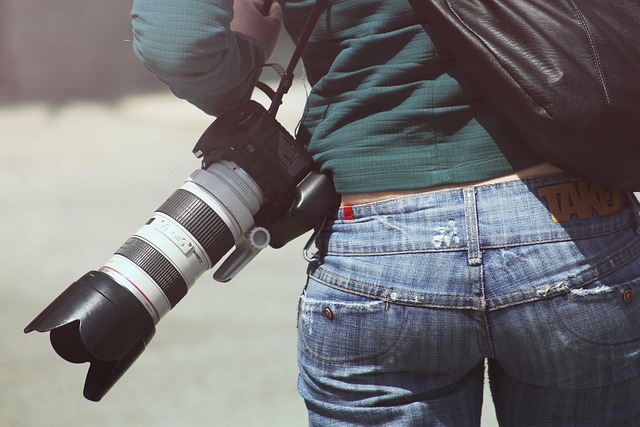When a photographer sits down with a camera, the mind immediately turns to light. How bright should the scene be? What shutter speed will freeze the motion? How much detail should the lens reveal? The answers to these questions do not arrive by chance; they are the product of careful documentation. By recording every setting, every change, and every observation, a photographer builds a living reference that sharpens future shots and deepens understanding of exposure and optics.
The Role of Documentation in Exposure
Documentation is more than a simple logbook. It is a dialogue between the photographer and the evolving scene. Each entry captures the relationship between the camera’s settings—ISO, shutter speed, aperture—and the environmental factors—light level, contrast, motion. When the photographer revisits this dialogue, patterns emerge: certain lenses perform best at particular apertures, particular lighting conditions favor specific ISO values, and the interplay of exposure elements can be predicted with greater confidence.
- Consistency: Repeating exposure settings across similar scenes allows for objective comparison.
- Problem Solving: When an image is overexposed or underexposed, the documentation reveals which parameter deviated from the intended range.
- Creative Planning: Knowing how a specific lens behaves under different light levels lets a photographer design a shoot from the outset, rather than reacting on the fly.
Basic Exposure Parameters
The exposure triangle—ISO, shutter speed, and aperture—forms the foundation of every photograph. Documentation involves not only noting the chosen values but also explaining the rationale behind them. For example:
ISO 200, f/5.6, 1/125 s: Sufficient for a bright midday outdoor scene while keeping motion blur to a minimum.
By recording such statements, the photographer creates a mental map of how each parameter influences the image. Over time, this map becomes a personal rulebook that balances artistic intent with technical execution.
Advanced Exposure Techniques
Once the basics are mastered, documentation extends into more nuanced strategies. These include bracketing, exposure compensation, and custom metering modes.
- Exposure Bracketing: Recording multiple exposures—typically a series of under-, correctly-, and over-exposed images—provides a safety net for high-contrast scenes. Documentation notes the bracket steps, such as +1 EV and -1 EV, allowing the photographer to retrieve the ideal exposure quickly.
- Exposure Compensation: When a camera’s metering algorithm misjudges a scene, compensation can correct the mistake. By documenting the adjustment (e.g., +0.5 EV), the photographer records a corrective action that can be referenced in similar lighting situations.
- Metering Modes: Selecting center-weighted, spot, or evaluative metering changes how light is measured. A thorough log lists which mode was used and why—perhaps the subject is backlit, so spot metering on the subject’s face yields a more accurate exposure.
These techniques, when chronicled meticulously, become powerful tools for both routine and experimental shoots.
Optical Quality and Documentation
While exposure deals with light quantity, optical quality concerns how that light is rendered. The lens, sensor, and post-processing pipeline together define clarity, sharpness, and color fidelity. Documentation in this realm focuses on the following aspects:
- Lens Selection: Different focal lengths and aperture ranges exhibit unique bokeh, distortion, and edge sharpness. A log that records lens type, focal length, and maximum aperture provides a quick reference for matching the right lens to a desired aesthetic.
- Camera Body Settings: Features such as image stabilization, sensor mode (RAW vs JPEG), and white balance presets affect optical output. Documenting these settings ensures reproducibility.
- Environmental Factors: Atmospheric conditions—humidity, haze, and temperature—can alter contrast and color cast. By noting these variables, the photographer can anticipate and correct for their influence on optical quality.
When exposure and optics documentation coexist, the photographer gains a holistic understanding that drives consistent, high-quality results.
Building a Personal Documentation System
To reap the full benefits, a photographer must adopt a reliable documentation method. Digital note-taking apps, cloud-based spreadsheets, or even a dedicated notebook can serve the purpose. Key features include:
- Structured Templates: Predefined fields for camera model, lens, ISO, shutter speed, aperture, exposure compensation, metering mode, and notes.
- Searchability: Tagging entries with keywords such as “high contrast,” “low light,” or “portrait” allows quick retrieval.
- Time Stamps: Recording the date and time anchors the data to a specific lighting environment.
Consistency is the linchpin. Even a handful of well-documented shots can serve as reference points for thousands of future images.
Integrating Documentation into Workflow
In practice, documentation should be as unobtrusive as possible. Here are a few tactics:
- Use camera menu shortcuts to jot quick notes directly into the camera’s internal memory, if supported.
- Employ a small portable device—tablet or phone—to input data while the scene remains fresh.
- After each session, allocate a brief period to consolidate notes, ensuring nothing valuable is lost.
When the photographer treats documentation as a natural extension of shooting rather than a separate chore, the habit solidifies.
Conclusion: The Legacy of Documentation
Photography is both art and science, and documentation sits at the crossroads. By systematically recording exposure choices and optical conditions, a photographer cultivates a personal knowledge base that informs every subsequent frame. This ongoing dialogue between camera settings and environmental variables empowers the photographer to predict outcomes, troubleshoot anomalies, and refine creative vision.
Ultimately, documentation is not merely a tool for replication; it is a conduit for growth. The more diligently a photographer logs each encounter with light and optics, the richer the archive of experience becomes—transforming isolated moments into a tapestry of informed practice.



